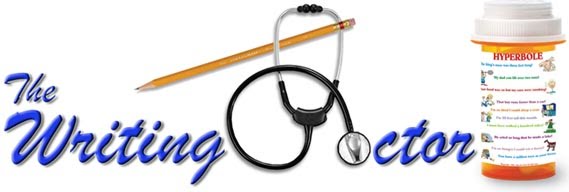
When I first started teaching, I would group a high level student with a lower one when it was time to revise and edit their stories. This made it easier for me because I could just walk around the room, monitor the students' progress, and address specific concerns or problems.
After a while I recognized a problem with that approach. The only one who was really benefiting from this, besides the teacher, was the low student. He would get quite a few suggestions from his "higher" more knowledgeable partner and, working together, they could usually move the lower student's paper to at least the next score point. When it was time to look at the higher student's paper, however, the weak writer would think it was perfect and offer very few suggestions, if any at all. The strong student would think his paper was fine after comparing himself to the weaker writer, and would turn it in the way it was.
When I realized this was happening, I began pairing my students together , two "highs", two middles, etc. on down to the lower ones. While the strong students polish each other's papers by revising and editing, I would work with the lower ones doing what I call surgery.
If the group is still too large, I would group the students who could pass the writing at minimum success level to work together while I worked with the lowest students. When I felt they had enough to work on, I switched back to the other group, offering them suggestions and critiques.
I have seen incredible improvement in the stronger students as they push and challenge each other to higher and higher levels of achievement in Writing. One partner is able to find things that the other didn't catch or might have overlooked when revising and editing on his own.
This way of grouping is more challenging for the teacher, but allows all the students to improve at a steady rate, not just the weaker ones.
